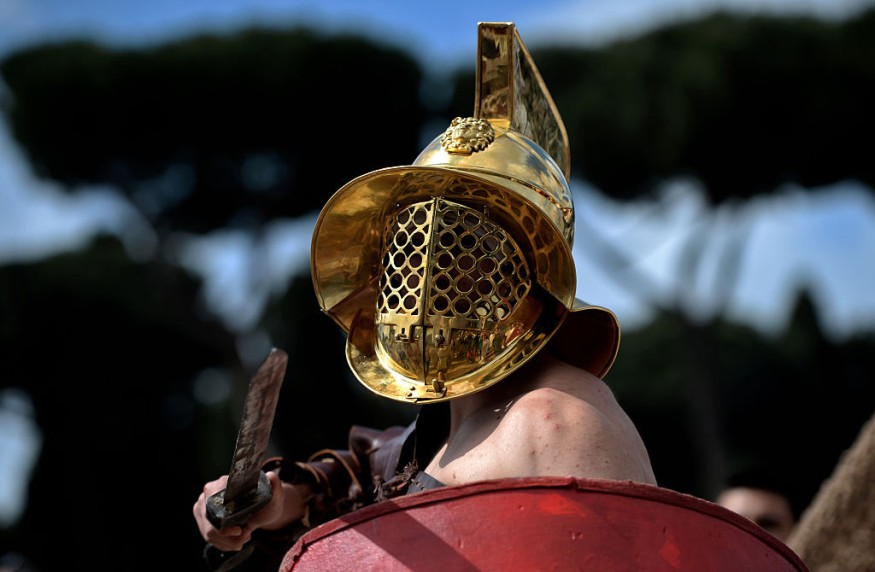During an excavation of a 2,000-year-old Roman settlement at Wroxeter City in Shropshire, more than 50 pairs of tweezers were unearthed, shedding light on the societal demand for gladiators to possess hairless bodies.
According to MailOnline, this discovery suggests that Roman men had an obsession with plucking their armpit hair. As wrestling gladiators were frequently clad in minimal clothing, it was expected that they maintain smooth bodies, requiring the painful task of hair removal, often delegated to slaves.

Grooming Equipment Found in the Excavation Site
The excavation at Wroxeter City, one of the best-preserved Roman cities in Britain, has yielded a significant find of over 50 pairs of tweezers, suggesting a widespread demand for hair removal among Roman men.
Cameron Moffett, English Heritage Curator at Wroxeter, highlighted the popularity of tweezers as a safe, simple, and affordable grooming tool, albeit not without pain. The discovery challenges the assumption that body hair removal was primarily a practice associated with women during Roman times.
In addition to tweezers, various grooming products were uncovered during the excavation, including personal cleaning sets with ear scoops and nail cleaners, glass bottles of perfume and bath oils, and make-up applicators.
Moffett noted that for activities like wrestling, there was a social expectation for men to remove visible body hair, considering the minimal clothing involved. The curator found it interesting that the trend of body hair removal has reemerged in modern times, although with less painful methods.
According to eShave, shaving can help prevent chafing and irritation caused by hair upon impact, offering a simple solution to avoid these discomforts. Additionally, wrestlers aim to have exceptionally smooth skin to minimize the opponent's ability to establish full contact during a match.
Wroxeter, originally known as Viriconium Cornoviorum, was a flourishing Roman city comparable in size to Pompeii. Excavations have revealed significant structures, such as a forum, market, townhouses, a bathhouse basilica (serving as a community center, educational institution, office, and shopping center), and the bathhouse itself.
The excavation at Wroxeter provides valuable insights into the daily lives, grooming practices, and societal expectations of the Roman population in Britain.
Roman's Culture of Shaving Body Hair
Grooming held great importance in Roman society, symbolizing the creation of a true Roman identity. According to an article on the University of Kent's website, both men and women participated in grooming practices, with hair cutting and styling being prominent features, as evident in statues of famous emperors like Augustus.
The film "Four Sisters in Ancient Rome" sheds light on the significance of grooming in Roman culture, showcasing scenes where even torturers visit barbers in the Subura. While female hairdressing is often emphasized in historical accounts, it should be recognized that male grooming practices were also prevalent, even though female hairstyles tended to be more elaborate.
During adolescence, young males wore the toga as a symbol of adulthood, but their facial hair distinguished them from fully mature adults. It was customary for young men to retain their downy beards until their early twenties, as indicated in references by Ovid and Palatine Anthology.
The first shaving of their beards marked a significant milestone, often accompanied by the dedication of the hair to a deity, such as Nero dedicating his hair to Jupiter. These practices underscored the cultural significance attached to grooming and the transition into adulthood in ancient Rome.
RELATED ARTICLE: Colchester Vase Is a Crucial Evidence of Gladiators Fighting in Roman Britain, Analysis Suggests
Check out more news and information on Archaeology in Science Times.










